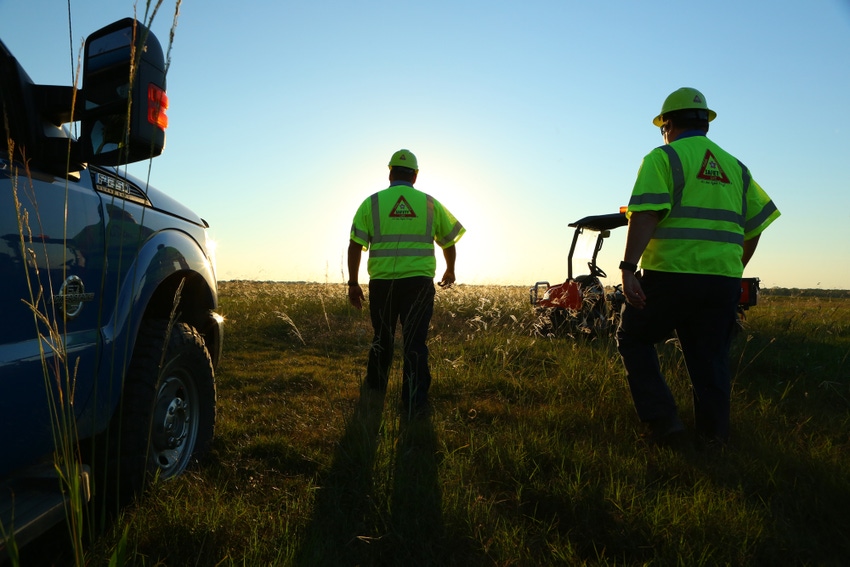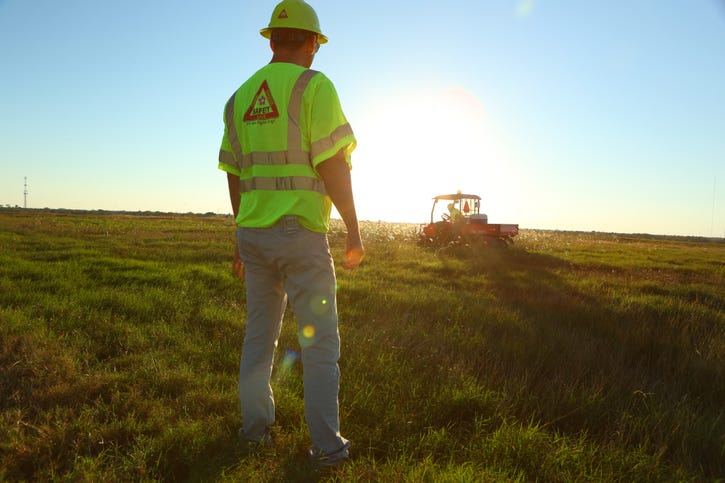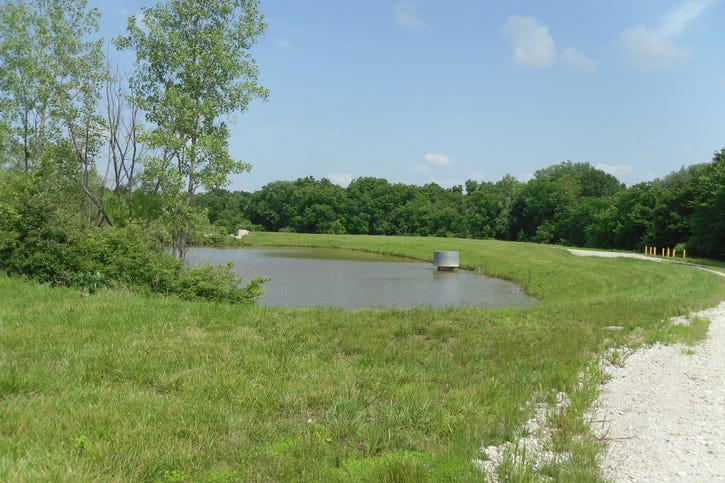Landfills affected by extreme weather patterns are building resiliency to prepare for what the future may hold.

As more severe, more frequent storms rip through much of North America, how to mitigate repercussions becomes a hot issue, including within the solid waste management industry. Landfills affected by extreme, often erratic, weather patterns are building resiliency to prepare for what the future may hold.
Major storms have caused leachate issues, with higher volumes within a given period than some facilities have capacity for. Operators are further challenged in that wastewater treatment plants cap how much leachate they’ll accept. With increases in both leachate and restrictions imposed by these plants, onsite storage becomes a focus, as do some other practices.
Landfill operators are building more and bigger stormwater and leachate ponds. Some have bolstered their efforts to decrease stormwater that infiltrates landfill, either by permanently or temporarily capping more areas. Others are asking wastewater facilities to increase allowable limits, explains Tony Tomlin, a project manager at SCS Engineers.
Virginia Beach, like many spots along the U.S. coastlines, is a prime example of a hard-hit region, especially in recent years. And it’s projected that Virginia Beach could see a 20 percent increase in rainfall in the next two decades, says Tomlin.
Just the same, he says, “I have seen little regulatory movement in the industry at the state level. However, I know that the city of Virginia Beach is pushing for stricter requirements on their own under the assumptions that the sea level is rising and that precipitation is increasing.”

Landfill stormwater systems are typically based on 25-year design storms—events that are statistically probable every 25 years. What is considered a 25-year-storm depends on the region. In Virginia Beach, that would be 6 or 7 inches of rainfall in 24 hours.
But some regions are preparing for more intense storms—those that have been classified as one in 50-year or one in 100-year events.
Waste management company Terrapure Environmental, based 30 miles from Toronto, is buckling down, as Toronto had two one-in-100-year storms in the past five years or so (considered regional events).
“We overdesigned our system to be able to handle these regional storm events. We adjusted our final contours for better stormwater flow and sized the perimeter of stormwater ditches to adequately handle larger flow. And we made them bigger and wider,” says Mike Jovanovic, vice president environmental affairs at Terrapure Environmental.
Operators cover more of the landfill than before, and they do it faster in smaller working areas that are hard hit. Precipitation falling on the caps is quickly diverted to stormwater ditches and ponds.
The system is working out OK. Terrapure didn’t have the same significant flooding and infrastructure problems as Toronto had during recent heavy rainfalls.
“However, we didn’t have as high intensities as Toronto. But I think we are capable of handling a one-in-100-year return storm with our pond and drainage ditches because we designed with larger capacity in mind,” says Jovanovic.

Similar strategies are being explored or employed along U.S. coastlines, including in California where some are looking at designing retention facilities to the next higher design storm or beyond, notes Jonathan Meronek, California stormwater lead for SCS engineers.
It’s not necessarily easy to predict weather patterns, so there is no static formula to address the issues.
“Stormwater management is dynamic, and our goal is to anticipate changes and adapt plans accordingly to minimize risk,” says William Mojica, Republic Services director of environmental compliance. “It’s understanding the facility’s lifecycle, what best management practices (BMPs) are required and anticipating what may come.”
Republic’s field teams are charged with replacing BMPs as needed, such as those around capturing sediment. These modifications are ongoing to prepare for changing conditions. “Say we notice based on an excessive rain event that we may need more layers of protection. It’s a continually evolving process,” says Mojica.
Stormwater management training is integral to Republic’s strategy. Management uses interactive modules as an education tool.
“You may be walking through the landfill with water falling on the ground and see how stormwater impacts landfill. We want employees to engage as they train, and we found gamification where scenarios come to life, combined with field training helps,” says Mojica.
But the industry focus continues to move toward building infrastructure to prepare for the possibility of more frequent, intense events—and to prepare for resulting regulation. Overdesign is becoming more of a trend.
About the Author(s)
You May Also Like




